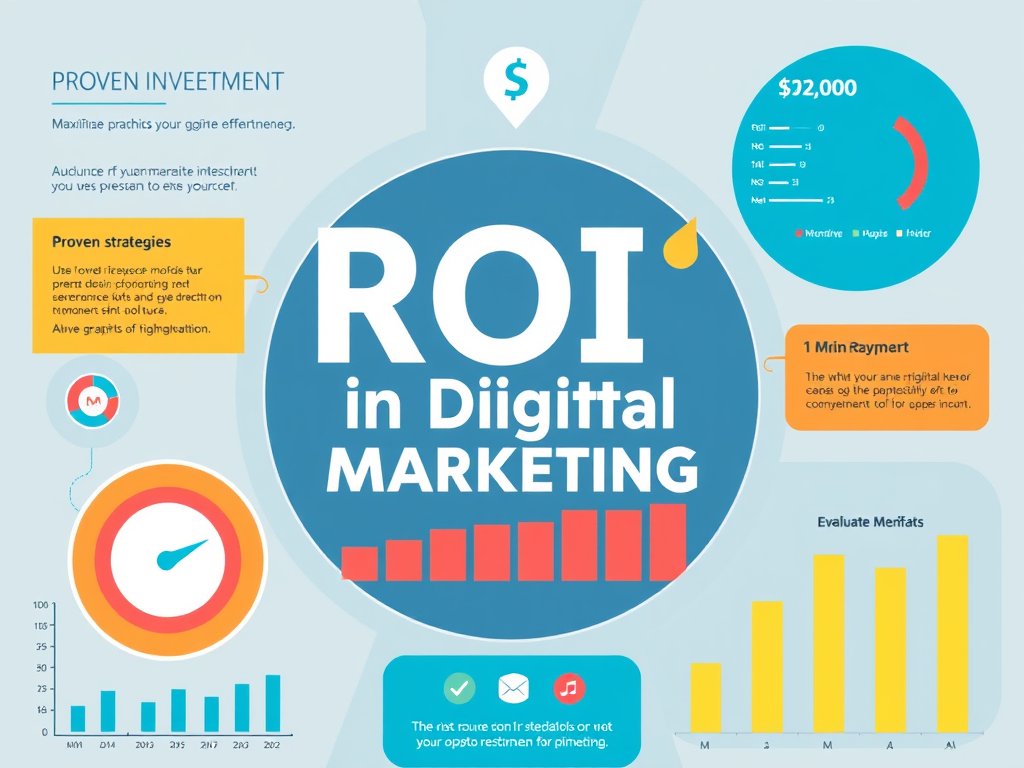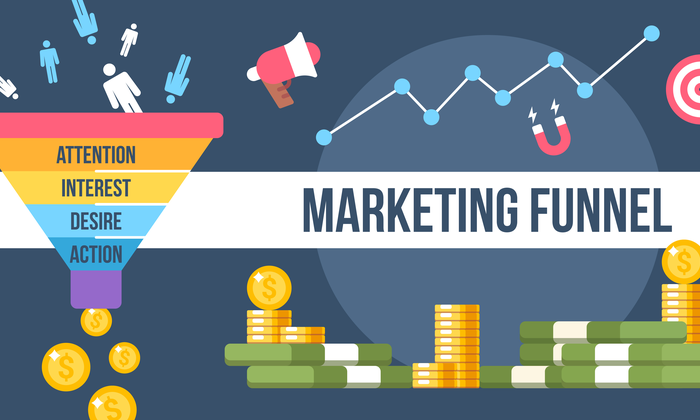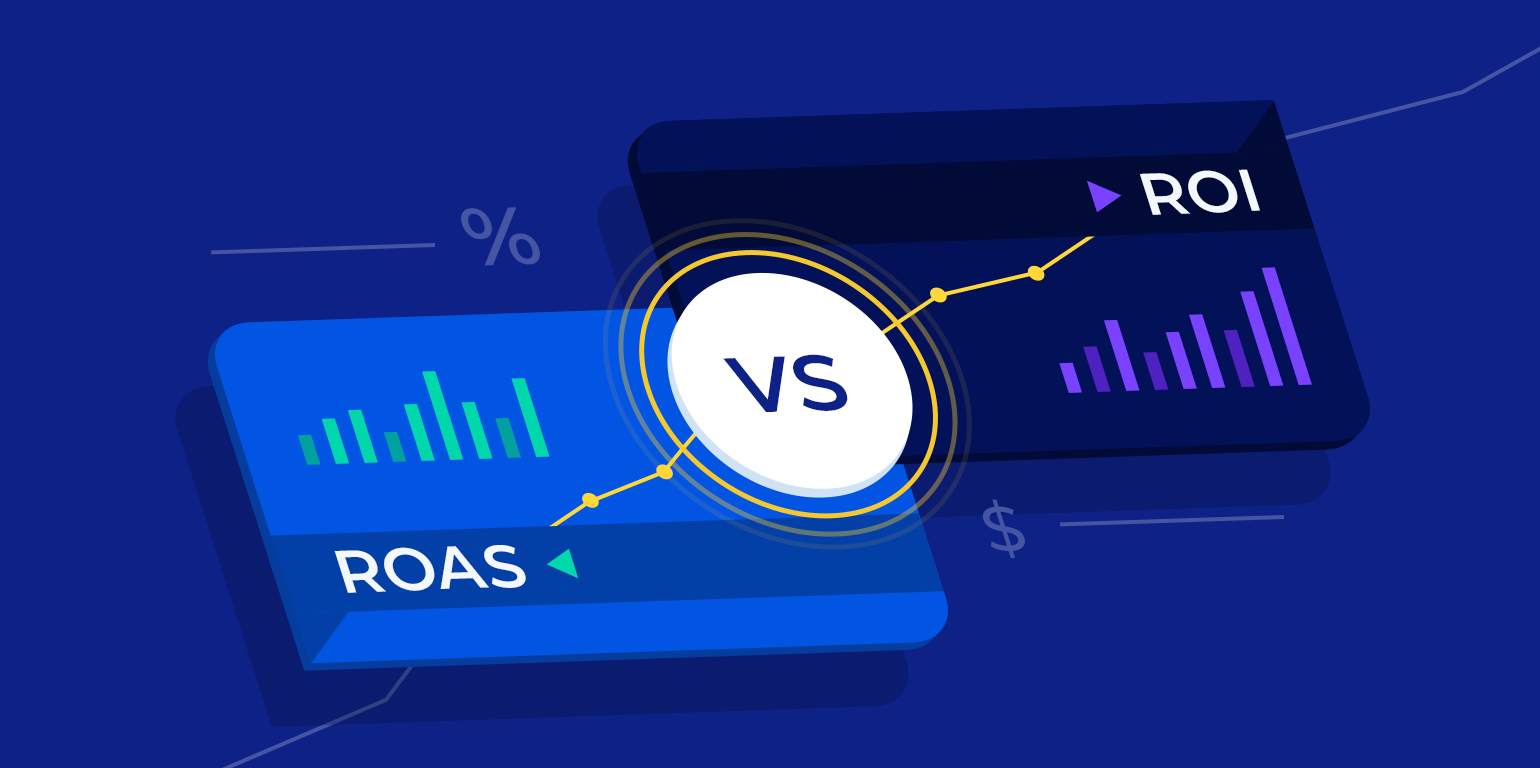Understanding ROI (Return on Investment) in digital marketing is all about measuring how effectively your online efforts convert into tangible profits. In simple terms, ROI evaluates whether your investment in digital channels—be it SEO, SEM, social media or content marketing—is generating more revenue than it costs. For marketers, it’s not just about spending money; it’s about smartly allocating resources to strategies that drive engagement, boost conversions, and ultimately, grow your bottom line.
Maximizing SEO ROI: Your Comprehensive Guide to Evaluation and Optimization
Evaluating SEO ROI means understanding how much revenue your SEO efforts generate relative to their cost. It involves measuring specific performance metrics, attributing organic search success to business outcomes, and then using that data to fine-tune your strategy. Here’s a structured guide:
1. Evaluating SEO ROI
Define Your Objectives and Metrics
- Revenue Generation: Identify the revenue that directly comes from organic search traffic.
- Conversion Rates: Track how many visitors complete desired actions (e.g., form submissions, purchases).
- Traffic Quality: Measure engagement metrics such as bounce rate, time on site, and pages per session.
Calculate ROI
A basic formula is:

Keep in mind that attributing revenue purely to SEO can be challenging due to multi-channel interactions, so consider using multi-touch attribution models for more accuracy.
Track Costs
- Direct Costs: Investments in content creation, technical optimization, and paid SEO tools.
- Indirect Costs: Time spent by in-house teams or agencies.
Use Analytics Tools
- Google Analytics & Search Console: Monitor organic traffic, user behavior, and conversion funnels.
- CRM Systems: Attribute sales or leads back to SEO efforts.
- SEO Platforms: Track keyword rankings, backlink profiles, and competitor performance.
2. How to Optimize (or Improve) SEO ROI
Enhance Content Quality and Relevance
- Keyword Research: Target keywords with a good balance of search volume and competition.
- Content Strategy: Develop in-depth, valuable content that addresses user intent and supports conversion.
- Update & Repurpose Content: Refresh outdated posts to maintain ranking and relevance.
Technical SEO Improvements
- Site Speed & Mobile Optimization: Improve load times and mobile responsiveness.
- Structured Data: Implement schema markup to enhance visibility in SERPs.
- Crawlability & Indexing: Ensure your site architecture is clear and optimized for search engine crawlers.
Conversion Rate Optimization (CRO)
- User Experience (UX): Improve page layouts, navigation, and calls-to-action (CTAs).
- A/B Testing: Experiment with landing pages to identify the most effective elements for conversion.
- Personalization: Tailor content and offers based on visitor segments.
Link Building and Authority
- Quality Backlinks: Focus on earning links from reputable sources.
- Guest Posting & Outreach: Leverage content collaborations to expand reach and credibility.
Regular Monitoring and Adaptation
- Performance Reviews: Analyze monthly or quarterly reports to understand trends.
- Competitor Analysis: Keep an eye on competitors to identify new opportunities or shifts in strategy.
- Adjust Strategy: Refine your approach based on data insights and algorithm changes.
Maximizing SEM/PPC ROI: How to Evaluate, Optimize, and Drive Campaign Success
Evaluating ROI in SEM/PPC involves tracking how much revenue your paid campaigns generate relative to the amount you spend. Here’s a structured approach:
1. Evaluating ROI in SEM/PPC
Define Key Metrics & Objectives
- Revenue Generation: Identify the revenue or value attributed to conversions from your PPC campaigns.
- Conversion Rate & Cost per Conversion: Track how many clicks convert into leads or sales and how much each conversion costs.
- Click-Through Rate (CTR) & Quality Score: Understand how effectively your ads attract relevant traffic.
Attribution Models
- Last-Click vs. Multi-Touch: Determine whether to credit the last interaction or distribute credit across multiple touchpoints in the customer journey.
- Conversion Value: Align your conversion values (e.g., one-time sale, lifetime value) with your campaign goals.
Calculate ROI
A basic formula is:

Track Campaign Costs
- Direct Costs: Ad spend, bidding fees, and management tools.
- Indirect Costs: Time and resources spent on campaign management and optimization.
Use Analytics Tools
- Ad Platform Analytics: Google Ads, Bing Ads, etc., offer insights into campaign performance.
- Google Analytics: Integrate to track user behavior post-click and evaluate the entire conversion funnel.
2. Optimizing and Improving ROI in SEM/PPC
Refine Campaign Structure & Targeting
- Keyword Optimization: Use both high-performing keywords and negative keywords to filter out irrelevant traffic.
- Ad Copy Testing: Run A/B tests to determine which ad creatives resonate best with your audience.
- Audience Segmentation: Tailor campaigns for specific user segments to enhance relevance.
Enhance Landing Pages & Conversion Rates
- Landing Page Relevance: Ensure your landing pages match the ad’s promise and are optimized for conversions.
- A/B Testing: Continuously test different landing page elements (headlines, CTAs, images) to improve user experience and conversion rates.
Improve Quality Score
- Relevance & User Experience: A higher quality score can lower your cost per click and improve ad positions.
- Optimization of Ad Extensions: Utilize all relevant ad extensions (sitelinks, callouts, etc.) to improve ad visibility and CTR.
Budget & Bid Management
- Dynamic Budget Allocation: Shift budgets towards high-performing campaigns or keywords and reduce spend on underperformers.
- Automated Bidding Strategies: Consider target CPA or target ROAS bidding to optimize for conversions automatically.
Continuous Monitoring and Data Analysis
- Performance Reviews: Regularly analyze campaign reports to identify trends, opportunities, and areas needing improvement.
- Competitor Analysis: Monitor competitor activities and industry trends to adjust your strategy accordingly.
Maximizing ROI in Social Media & Content Marketing: A Comprehensive Guide
Evaluating ROI in social media and content marketing can be challenging since these channels often drive both direct and indirect value like brand awareness, customer engagement, and long-term loyalty. Here’s a comprehensive approach:
1. Evaluating ROI in Social Media & Content Marketing
Define Clear Objectives and Metrics
- Set Specific Goals: Identify what you want to achieve—brand awareness, lead generation, customer engagement, or direct sales.
- Key Metrics:
- Engagement: Likes, shares, comments, and social interactions.
- Traffic & Conversions: Website visits, time on page, form submissions, and sales generated from social or content referrals.
- Brand Metrics: Increases in followers, mentions, sentiment analysis, and share of voice.
Attribution and Tracking
- UTM Parameters & Tracking Pixels: Use UTM tags on links and conversion pixels to trace website traffic and conversions back to specific social posts or content pieces.
- Multi-Touch Attribution: Since consumers often interact with multiple touchpoints, consider attributing value across various interactions rather than relying solely on last-click data.
Cost Analysis
- Direct Costs: Include content creation, paid social promotions, influencer partnerships, and tool subscriptions.
- Indirect Costs: Factor in time spent by your team and any overheads related to campaign management.
Calculating ROI
Use the basic formula to evaluate ROI in Social Media & Content Marketing:

If revenue is indirect, you might need to estimate the monetary value of increased brand awareness or engagement using historical data or customer lifetime value (CLV).
Use Analytics Tools
- Google Analytics: To track referral traffic, behavior on your site, and conversion paths.
- Native Platform Insights: Tools like Facebook Insights, Twitter Analytics, LinkedIn Analytics provide valuable data on post-performance and audience demographics.
- Third-Party Tools: Platforms such as Hootsuite, Buffer, or Sprout Social can consolidate and analyze social performance data.
2. Optimizing and Improving ROI
Content Quality and Relevance
- Audience-Centric Approach: Produce content that directly addresses your audience’s interests and needs.
- Update and Repurpose: Refresh outdated posts and convert high-performing content into new formats (e.g., videos, infographics) to extend its life.
Enhance Engagement and Distribution
- Optimize Posting Schedules: Post when your audience is most active to maximize reach and engagement.
- Engagement Tactics: Encourage discussions, ask questions, and use calls-to-action (CTAs) that drive users to your site or conversion points.
- Cross-Promotions: Leverage collaborations or influencer partnerships to tap into new audiences.
Testing and Data-Driven Adjustments
- A/B Testing: Experiment with headlines, formats, CTAs, and visuals to see what resonates best.
- Monitor and Adjust: Regularly review performance metrics and tweak strategies based on data insights.
Enhance Technical and On-Page Elements
- SEO Integration: Optimize your content for search engines to increase organic traffic over time.
- User Experience (UX): Ensure that landing pages and blog posts are optimized for fast loading times, mobile responsiveness, and clear navigation.
Leveraging Paid Social
- Boost High-Performing Content: Use targeted paid campaigns to extend the reach of content that already performs well organically.
- Refined Targeting: Use audience segmentation to tailor messages and creative assets to specific demographics or interest groups.



